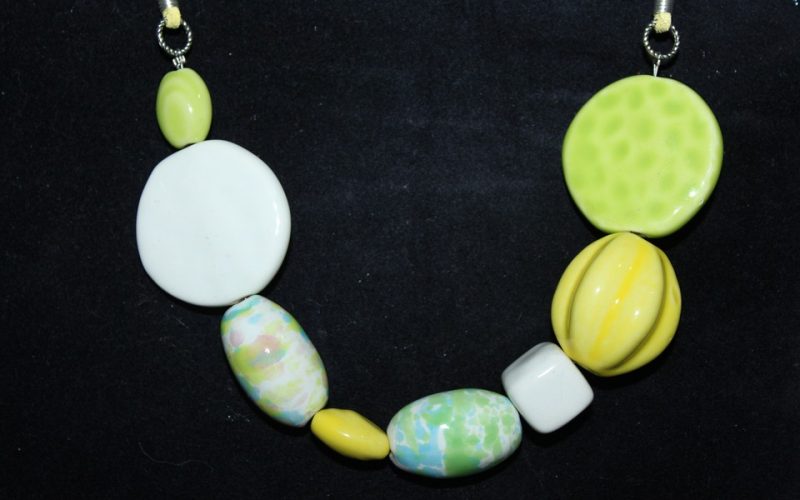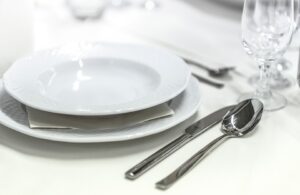In ancient times, ceramics were simple constructs in everyday life. Bricks for homes were one of the first applications. In Egypt, clay laced mud was mixed with straw and dried in the sun to form bricks. Relatively large structures were possible using this method of making ceramics. Buildings could be designed and secured. This meant that people were safe from animals and insects. Food supplies could also be safely stored for later use in brick granaries. These simple buildings allowed for larger population centers and spurred more innovation as populations grew and shared knowledge.
Cooking was another simple use of ceramics by ancient man. Clay pots and vessels became containers for storage and cooking. Products such as oils and grains could be both stored and transported with more ease and less breakage. These ancient uses of ceramics allowed people to harvest grain, fruits and oils. It then allowed them a means to store them when the growing season was over. It meant people could stay in one place rather than continue to move for better foraging. Saving the time it took to continually move and build shelters allowed ancient people to devote more time to innovation.
Over time, cooking methods were developed using ceramics. Pots for storage could also be used for the slow roasting of meats, vegetables and grains. Using pots to cook slowly over or near a fire allowed more time for other domestic tasks. It assured food was prepared well enough to stop food-borne illnesses from underdone meats. Easier digestion and a new range of taste sensations helped to develop cultural cooking with local ingredients.
When there was more time available, ancient cultures had the leisure to develop art forms. Any room, no matter how functional, is dull and uninviting without some color. Ceramics played a perfect part in helping dispel dullness. Ancient people used different colored clays and plant dyes to decorate their ceramics. Modern man has paints developed especially for ceramics. Ceramic decals and ceramic transfers are also an option for those who work in ceramics to create anything from a set of china to modern pieces of art.


















